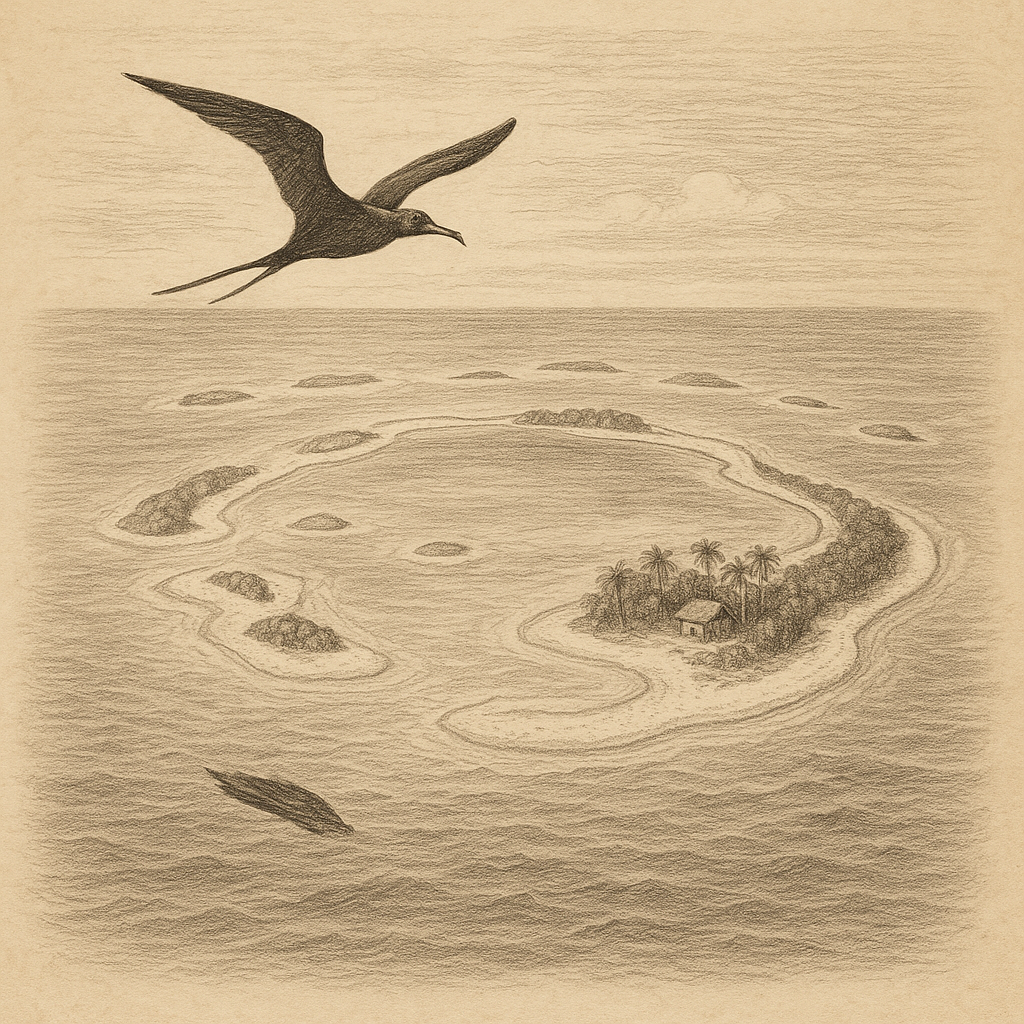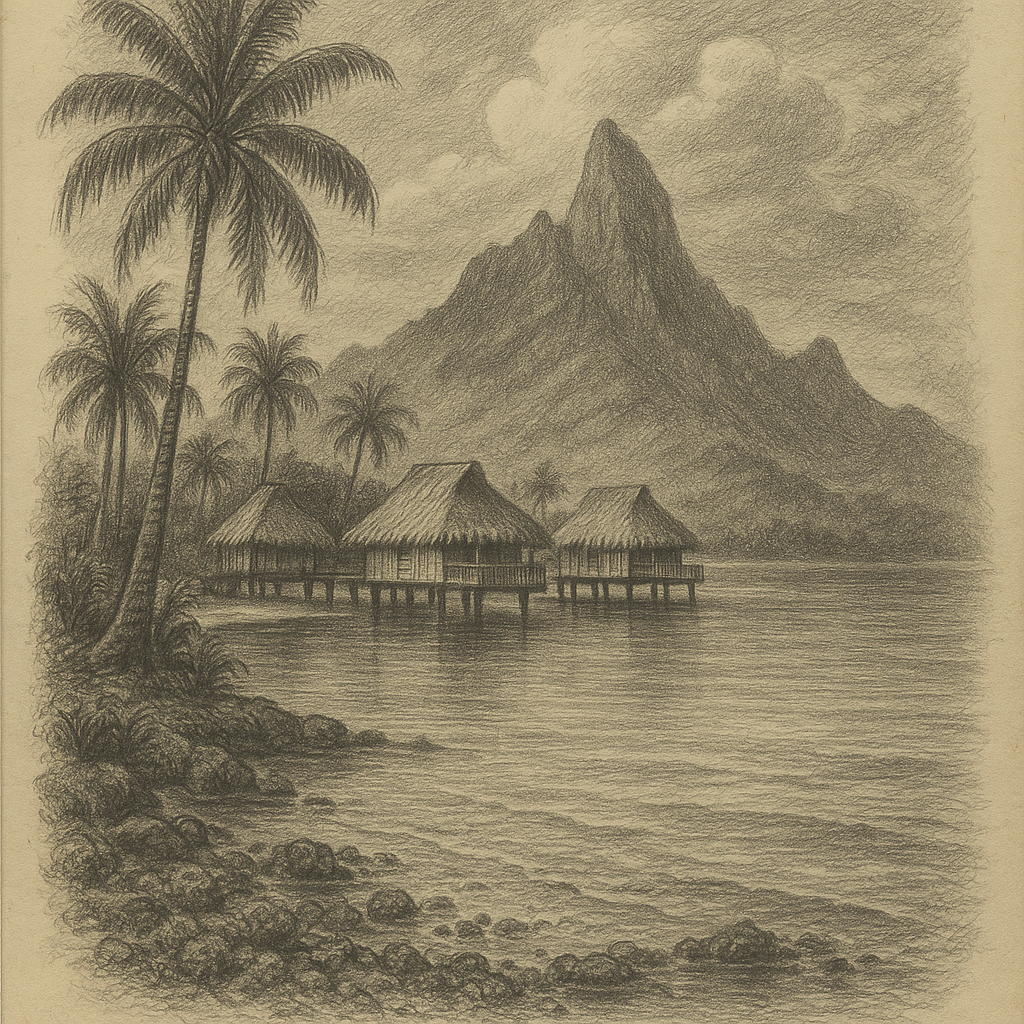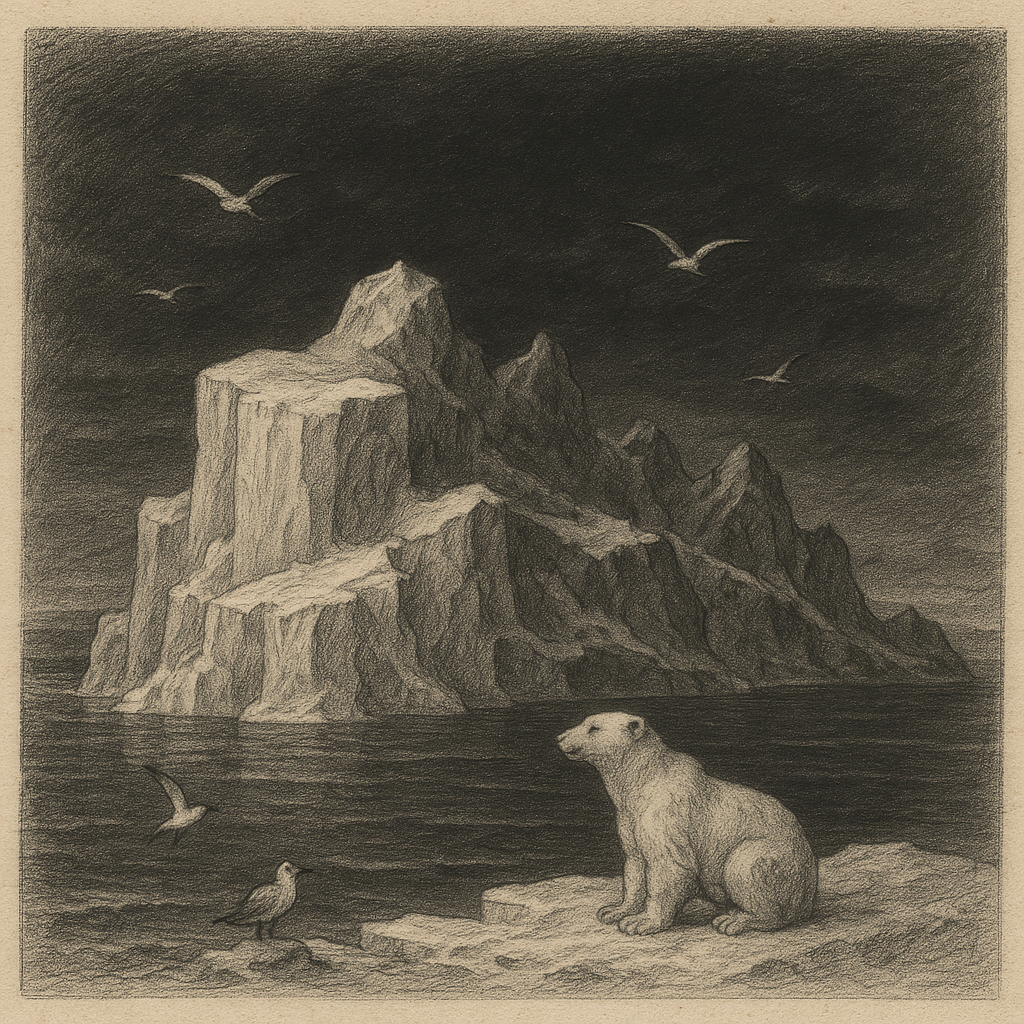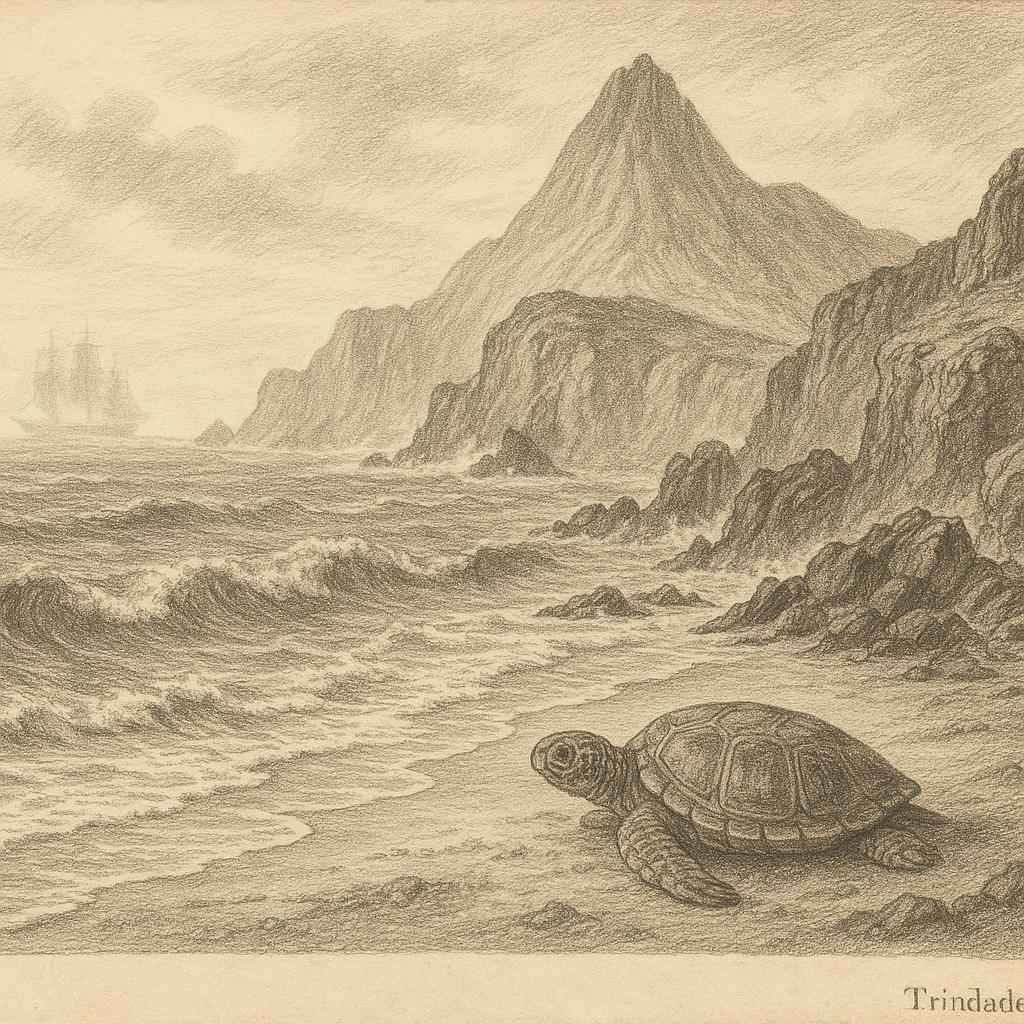Suwarrow Island: A Remote Atoll of Mystery and Wildlife Suwarrow Island, also spelled Suvorov or Suvarov, is a remote coral atoll in the northern Cook Islands in the South Pacific Ocean. Almost entirely uninhabited for most of its history, Suwarrow is famed for its natural beauty, rich marine biodiversity, and the legends that surround it. Often described as a “hidden paradise,” Suwarrow holds a special place in the culture and natural heritage of the Cook Islands. Location and Geography Suwarrow Island is located approximately 825 kilometers northwest of Rarotonga, the largest island in the Cook Islands. It lies within the vast expanse of the Pacific Ocean, roughly halfway between Hawaii and New Zealand. The atoll is part of the Northern Group of the Cook Islands and is made up of over 20 small islets encircling a large lagoon. The atoll stretches about 80 kilometers in circumference, although the total land area is less than 0.4 square kilometers. The islets are composed primarily of coral and sand, lying just a few meters above sea level. Anchorage Island is the largest and most significant islet, serving historically as a temporary residence for passing sailors, naturalists, and even hermits. Geological Origins and Natural Landscape Suwarrow is a classic example of an atoll formed atop a volcanic seamount. Over millions of years, the volcano that initially created the island submerged beneath the ocean, leaving behind a ring-shaped coral reef. The resulting lagoon is a vibrant marine sanctuary, enclosed by the ring of islets. The island’s coral foundation lies atop a seamount that forms part of the Pacific tectonic plate, contributing to the region’s seismic unpredictability. Due to its low elevation and open exposure, Suwarrow is vulnerable to cyclones and was severely impacted by several such storms in the 20th century. These events have periodically altered the shape of the islets and caused prolonged abandonment due to destruction of infrastructure like basic shelters and landing facilities. Climate and Ecosystem The tropical maritime climate of Suwarrow features warm temperatures year-round, with frequent precipitation especially during the austral summer (from November to April). The average annual rainfall is approximately 2,000 mm. This warm, wet climate, combined with the island’s isolation, provides ideal conditions for unique and undisturbed flora and fauna. Suwarrow is designated as a national park, established in 1978, and is one of the most important breeding grounds for seabirds in the South Pacific. Species such as the red-tailed tropicbird, lesser frigatebird, and masked booby nest in large colonies on the islets. Also notable are coconut crabs, the largest terrestrial arthropod in the world, which roam freely on the islets. The lagoon and surrounding waters are teeming with marine biodiversity, including sea turtles, reef sharks, manta rays, and schools of colorful reef fish. Coral reefs surround much of the atoll, forming a complex and fragile marine ecosystem that remains relatively unspoiled by human activity. Human History and Presence Despite its remote location, Suwarrow has occasionally been visited and even inhabited by humans. First sighted by Russian explorer Fyodor Litke in 1814 and named after the Russian admiral Alexander Suvorov, the island was claimed by various governments before eventually becoming part of the Cook Islands. One of the most famous stories associated with Suwarrow is that of New Zealander Tom Neale, a self-imposed castaway who lived on the island alone for several years during the 1950s and 1960s. Neale documented his experiences in the autobiographical book “An Island to Oneself,” which has since become a cult classic among adventurers and lovers of solitude. Today, the island is seasonally inhabited by park rangers, who monitor conservation efforts and maintain minimal facilities, including a weather station and basic shelter on Anchorage Island. Aside from these rangers and occasional research expeditions, Suwarrow remains largely untouched. Interesting Facts About Suwarrow Island – Suwarrow is often referred to as “the Galapagos of the South Pacific” due to its incredible biodiversity and ecological importance. – The atoll is a designated Important Bird Area (IBA) by BirdLife International due to its large seabird colonies. – Tom Neale used to grow a small garden and keep chickens during his solitary stays—his old homestead remains a minor attraction for visitors. – There are no permanent tourist facilities on Suwarrow, and access is strictly controlled by the Cook Islands Natural Heritage Trust to preserve the fragile ecosystem. – Suwarrow’s lagoon is over 80 square kilometers in size, making it much larger than the land area it encloses. Legends and Myths of the Atoll Suwarrow has long been a subject of myth and maritime lore. According to local legends and sailor stories, the atoll is haunted by the spirits of castaways and sailors who perished in shipwrecks during the island’s early history. Some believe hidden pirate treasure lies buried somewhere on one of the many small islets within the atoll—a story based in part on discoveries of rusted coins and nautical relics found by early 20th-century explorers. Another legend suggests that Suwarrow is protected by a guardian spirit in the form of a large frigatebird, which appears before storms or other natural disasters, warning those who dwell on the atoll to flee. While these stories remain unverifiable, they contribute to the island’s mystical allure. Access and Conservation Reaching Suwarrow is a challenge; the atoll is accessible only by boat, typically as part of a long voyage from Rarotonga or via private yacht. All visitors must apply in advance for special permission from the Cook Islands government, as the island is part of a protected national park with strict conservation rules. In recent years, there has been growing concern over climate change and its potential impact on low-lying atolls like Suwarrow. Rising sea levels and increasingly severe storms threaten the delicate balance of life on the atoll. Conservation efforts remain focused on protecting bird and marine life, controlling invasive species, and maintaining the natural isolation that makes Suwarrow such a unique and valuable ecosystem. Conclusion Suwarrow Island stands as a beacon of untouched natural beauty, a sanctuary for wildlife, and a symbol of solitude. Its remote location and limited human presence have allowed it to remain largely pristine, offering a rare glimpse into the ecosystem of a South Pacific atoll as it might have appeared centuries ago. Whether through the lens of biology, adventure, or legend, Suwarrow continues to captivate those who are fortunate enough to learn its story.

Suwarrow Island
Do you like my work? Buy Me A Coffee
Do you like my work? Buy Me A Coffee
-

Motu Tevairoa
Introduction to Motu Tevairoa Motu Tevairoa is a picturesque island located in the turquoise lagoons of Bora Bora, part of the Society Islands in French Polynesia. The island, while not as globally known as some of its larger neighbours, is a haven of natural beauty, cultural depth, and serene isolation. Nestled just to the northwest…
-

Hall Island
Hall Island: A Remote Arctic Enigma Nestled deep in the icy waters of the East Siberian Sea, Hall Island is one of the most remote and lesser-known territories within the Arctic realm. This desolate landmass, part of the Russian-administered De Long Islands, is a windswept and icy sentinel that bears witness to centuries of Arctic…
-

Trindade and Martim Vaz Island
Trindade and Martim Vaz Island: A Remote Outpost in the South Atlantic Trindade and Martim Vaz Archipelago, known in Portuguese as “Ilhas de Trindade e Martim Vaz,” is a remote group of volcanic islands located in the South Atlantic Ocean under Brazilian sovereignty. Situated approximately 1,200 kilometers off the eastern coast of Brazil near the…
by
Tags: